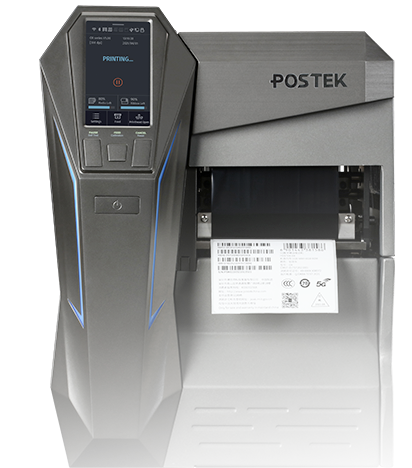
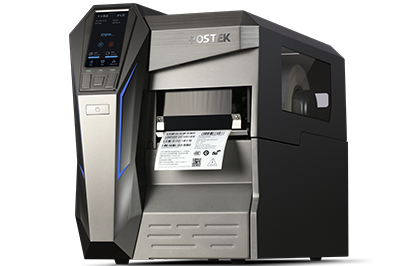
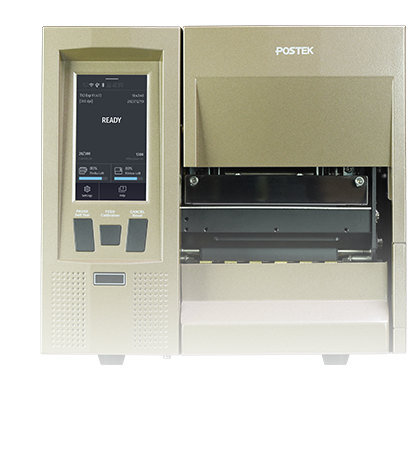
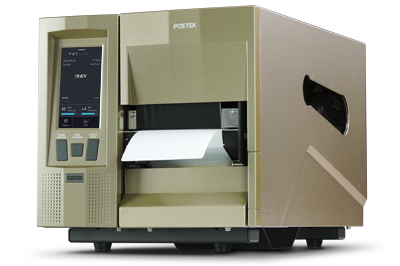
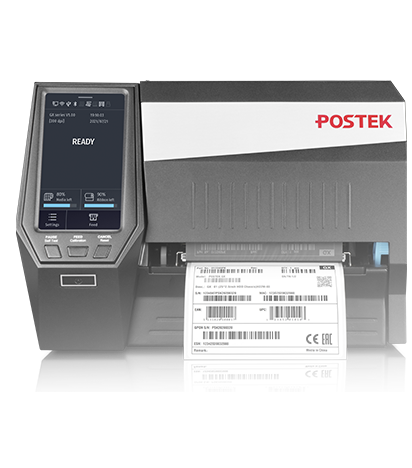


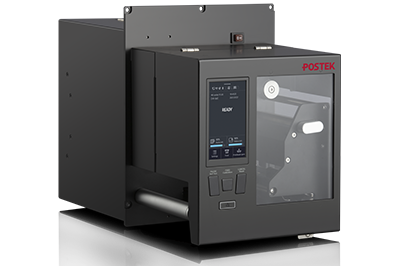
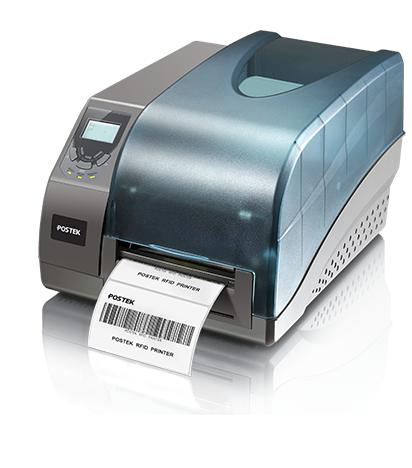



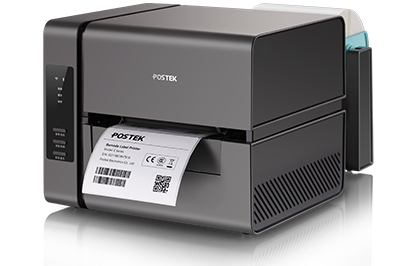
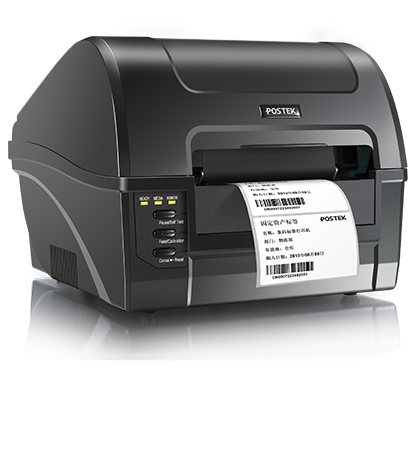

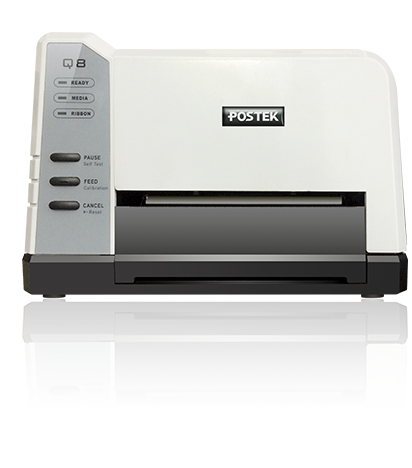
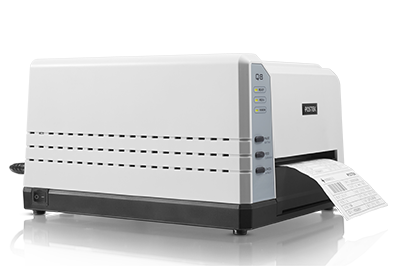
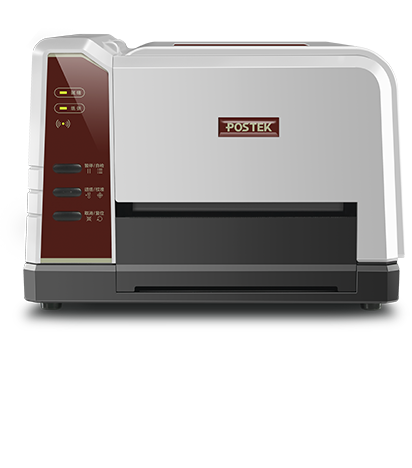
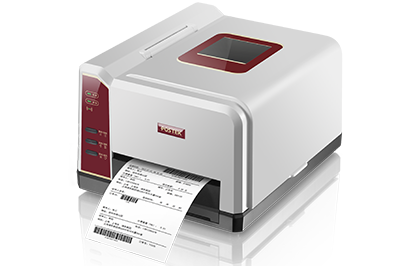





















What is ADAPT™, or referred to as Media Feed Calibration in the UI, that is the question. Well before we dive into the details surrounding ADAPT™, lets first take a look at this week with POSTEK.
Now the holidays are over and we are back to providing the best possible user experience you can have in the label printing industry, let's quickly cover one of the new design details that showcase our dedication to that user experience. The integrated printhead module design.
Check out this week's "Minute with POSTEK" for a video explanation!
As always, if videos aren't your cup of tea, we got some pretty words for you as well. Why not separate the printhead module from the underlying support? It is a question that we have been getting quite a bit and understandably so.
Completely removing the side support seems like the easiest solution for that convenient consumable loading experience that is eminently desirable. Leaving a portion of hardening steel attached to the side can seem like an interesting choice. However, as the name "side support" suggests, its existence is very crucial to the stability of the machine. To understand what exactly is the side supporting, we must first understand the relationship between the printhead and the platen roller. The printhead has to be positioned very preciously above the platen roller to ensure accurate positioning of the heater line and uniform pressure distribution upon the platen roller. The printhead exerts pressure upon the platen roller to ensure a flat, smooth surface to print on, and the pressure ensures both the friction between the media and the platen roller drives the movement of the media, and the proper heat conduction for the best printout quality. If the relative positioning between the two changes, the heater line position changes, and the pressure will be different on different sections of the platen roller. This leads to a wide array of issues. Low printout qualities, ribbon wrinkling, inaccurate printout positions, faster deterioration of the platen roller, printhead, or both. The list goes on, so the last thing you would want is the printhead changes its position relative to the platen roller or vise versa. With that being said, it is to be expected that both of those components would move around during the lifespan of the printer. Whether it be due to vibrations, the environment, wear and tear, or other factors that are completely out of our control, it is impossible to guarantee the printhead and the platen roller would be in the same position a couple of years down the line. Luckily, although the hardened steel support on the side can't promise that the two component's relative position to the printer would be staying the same, their relative position to each other would remain stable. Ensuring stability and high performance even after many years of heavy usage. This means that the OX series is built tough and built to last. Regardless of what kind of harsh environment and abuse can be thrown at the OX series, the high-quality printing experience that you would expect for a POSTEK machine wouldn't fade.
While we are on the topic of commitments to the best user experience. How could we not talk about the game-changer that is the new electrically controlled printhead pressure adjustment on the new OX series? People who have had the experience adjusting the printhead pressure by hand would be very familiar with how much of a headache it is. Many steps to remember, impossible to do with precisions, difficult to get right without many years of experience. It just doesn't make sense to have no alternative to this incomprehensible outdated method. Here at POSTEK, we are ever willing to set the new standards. With our new electrically controlled printhead pressure adjustment process, what use to be a job that is only for the most skilled technicians can now be done by anyone who has ever used a smartphone. Through the big 4.5 inch LCD touch screen, the user only needs to make a few taps to adjust the printhead pressure with unimaginable precision. The good news doesn't end there. Printhead pressure can now be a parameter to be passed in with the print job. To get a better understanding of what means, imagine a common case of an application requiring the printing of two different labels of a very different material. The different materials would require adjustment of the printhead pressure. In the olden days, a technician had to be called to the scene and probably spend the next 30 minutes or hour tinkering with the printer. If the application requires the printing of the first label again, the same technician would have to be called back to repeat the same process. Not anymore. Whether it be adjusting the printhead pressure by hand on the LCD screen or passing the pressure parameter in with the print job, electrically controlled printhead pressure adjustment offers unparalleled convenience and efficiency. What used to be a 30-minute adjustment process is now no more than 30 seconds, or essentially 0 seconds if the pressure is passed in with the print job. We weren’t kidding when we say we set the new standards. Of course, the goal is not to merely set new standards, that is just the byproduct of our dedication to providing the best printing experience there is.
That is all for this week. Thank you for tuning in and we hope to see you again next week!